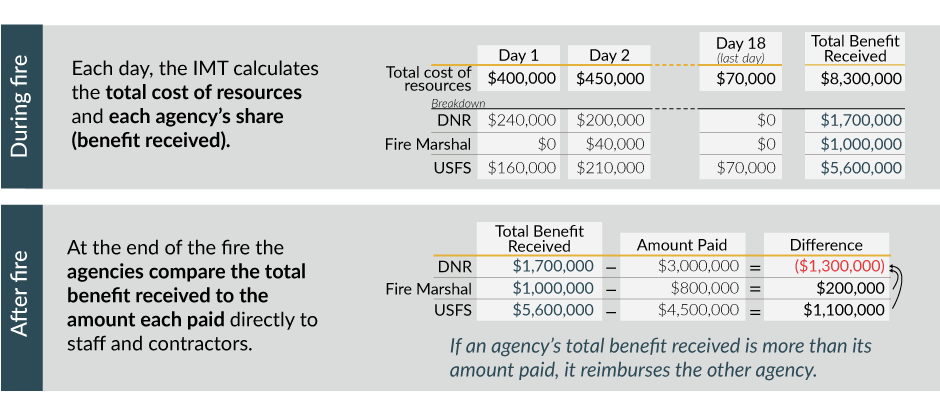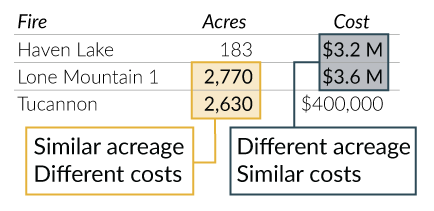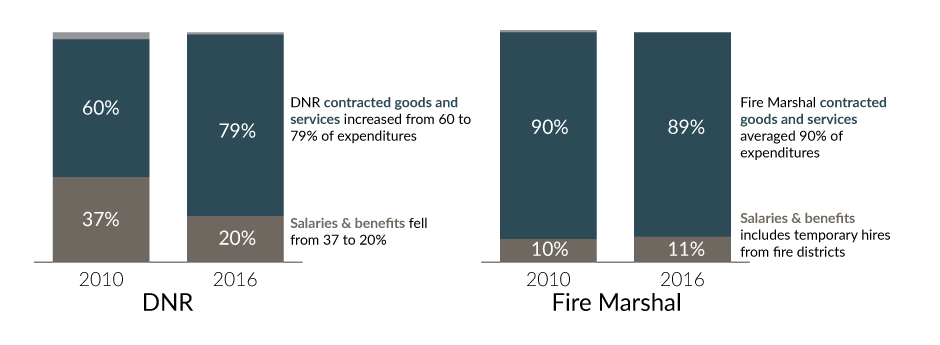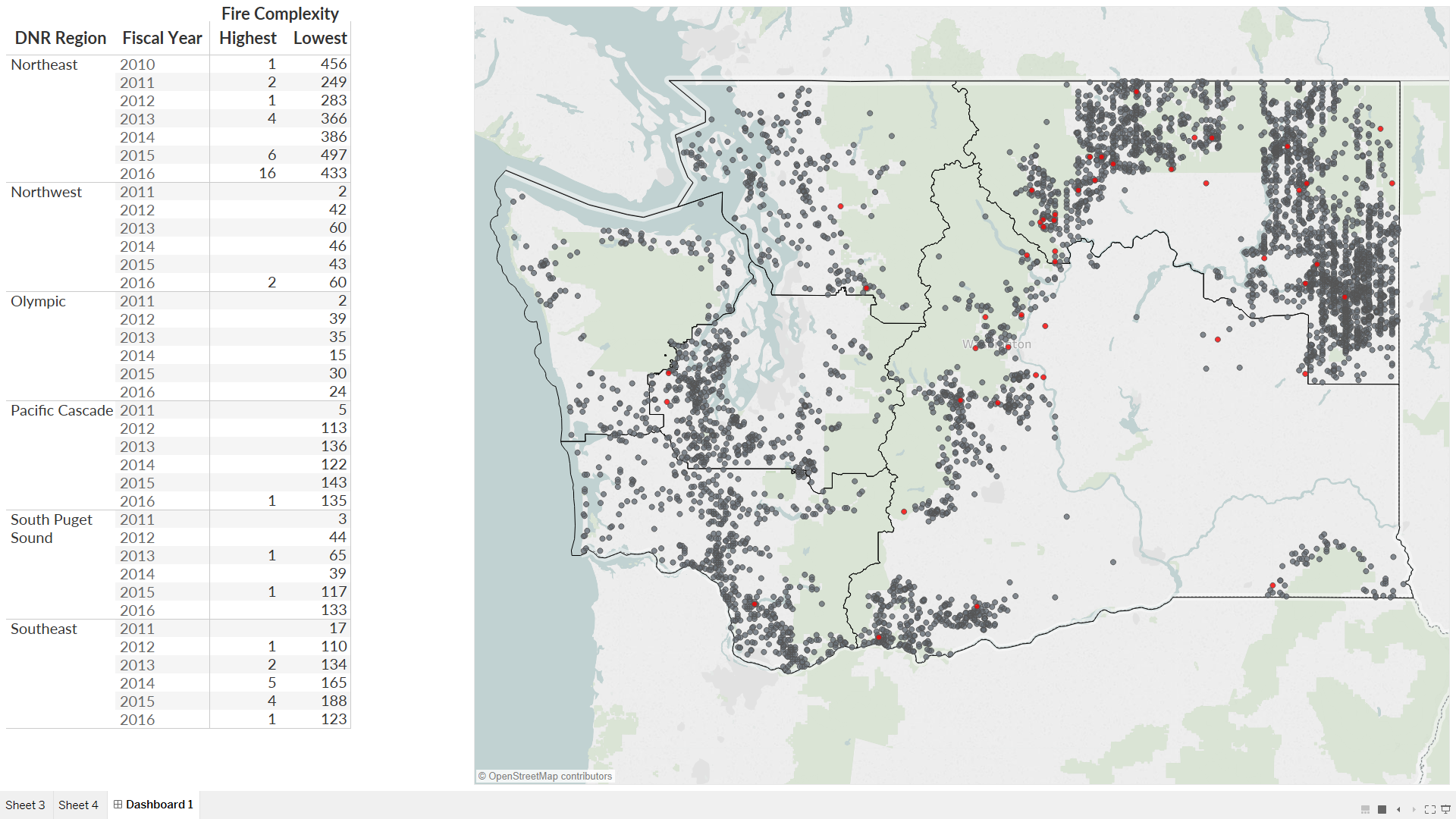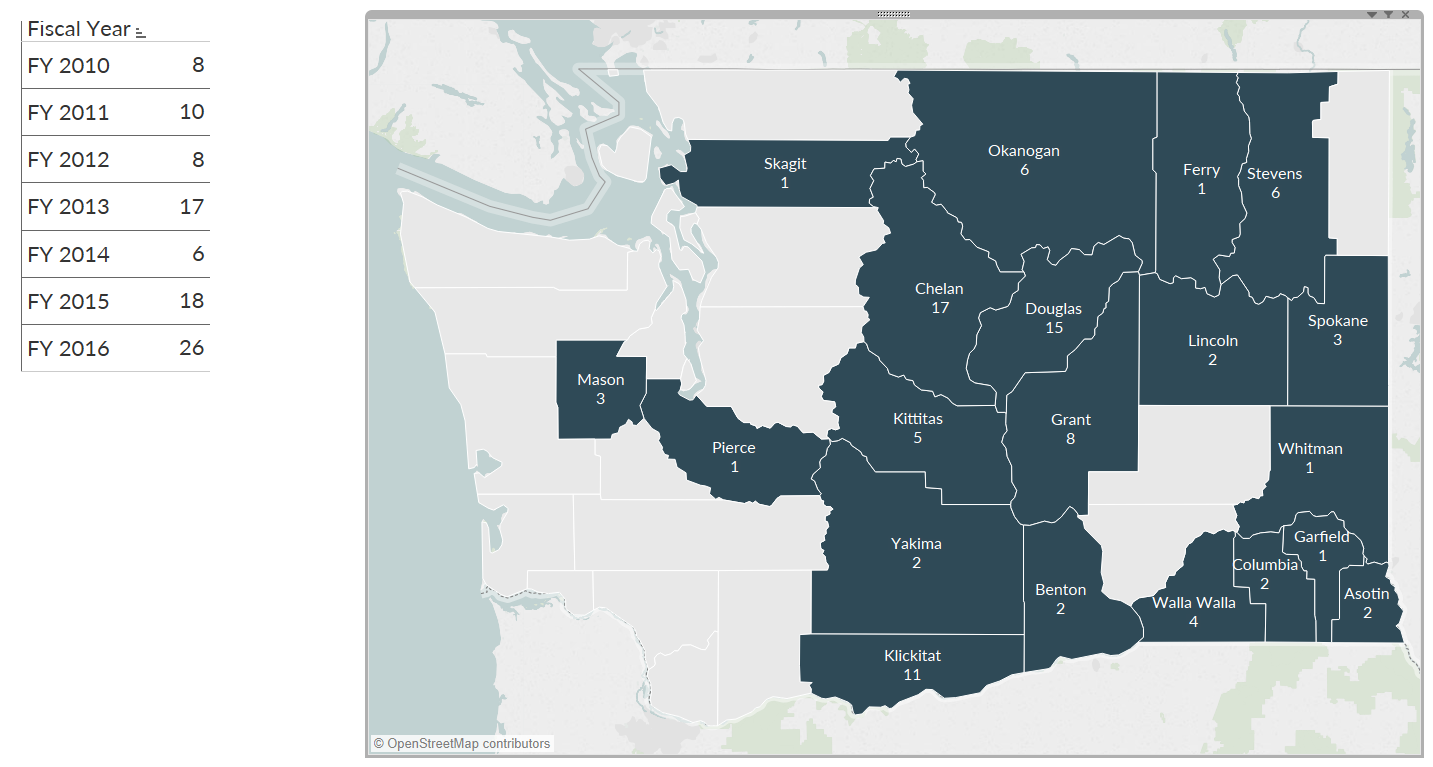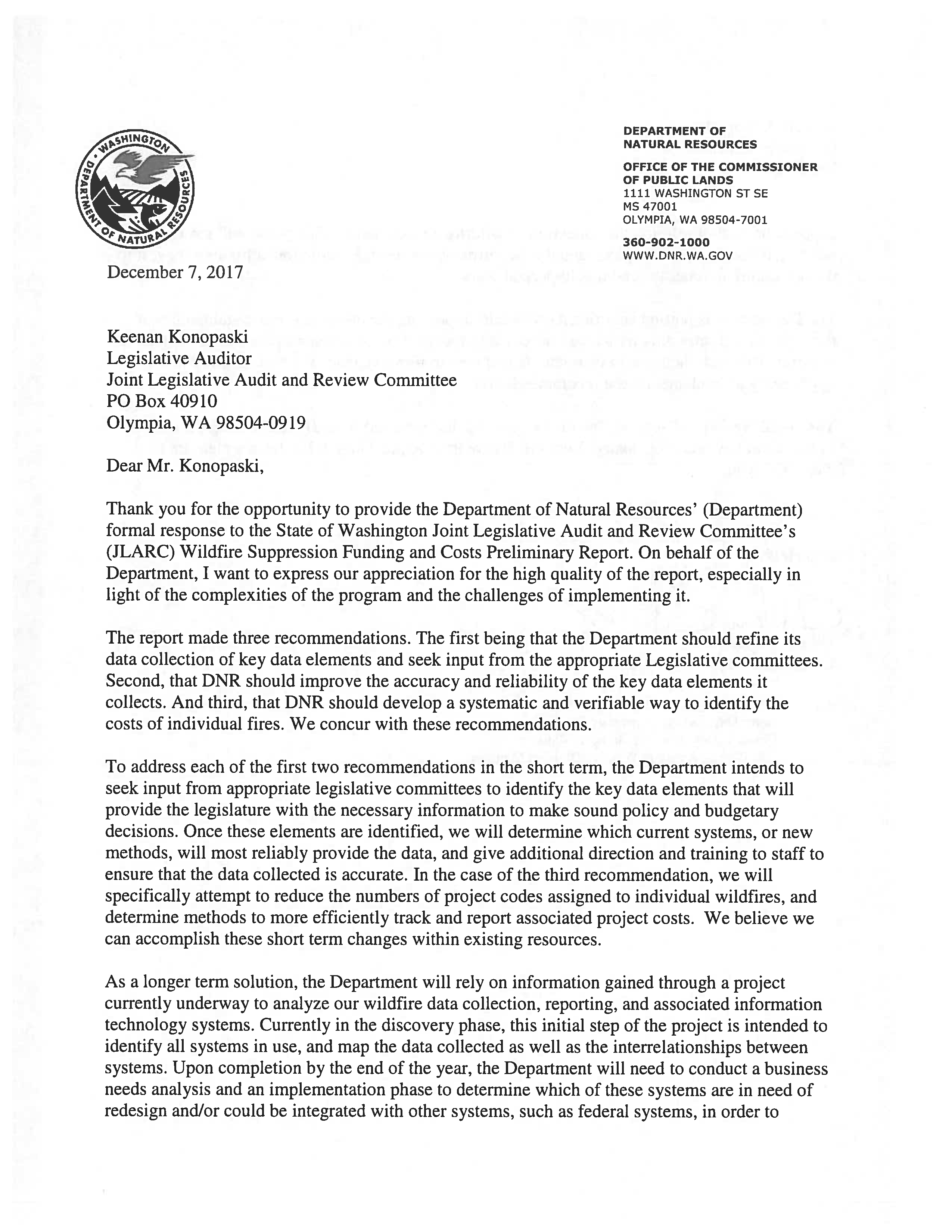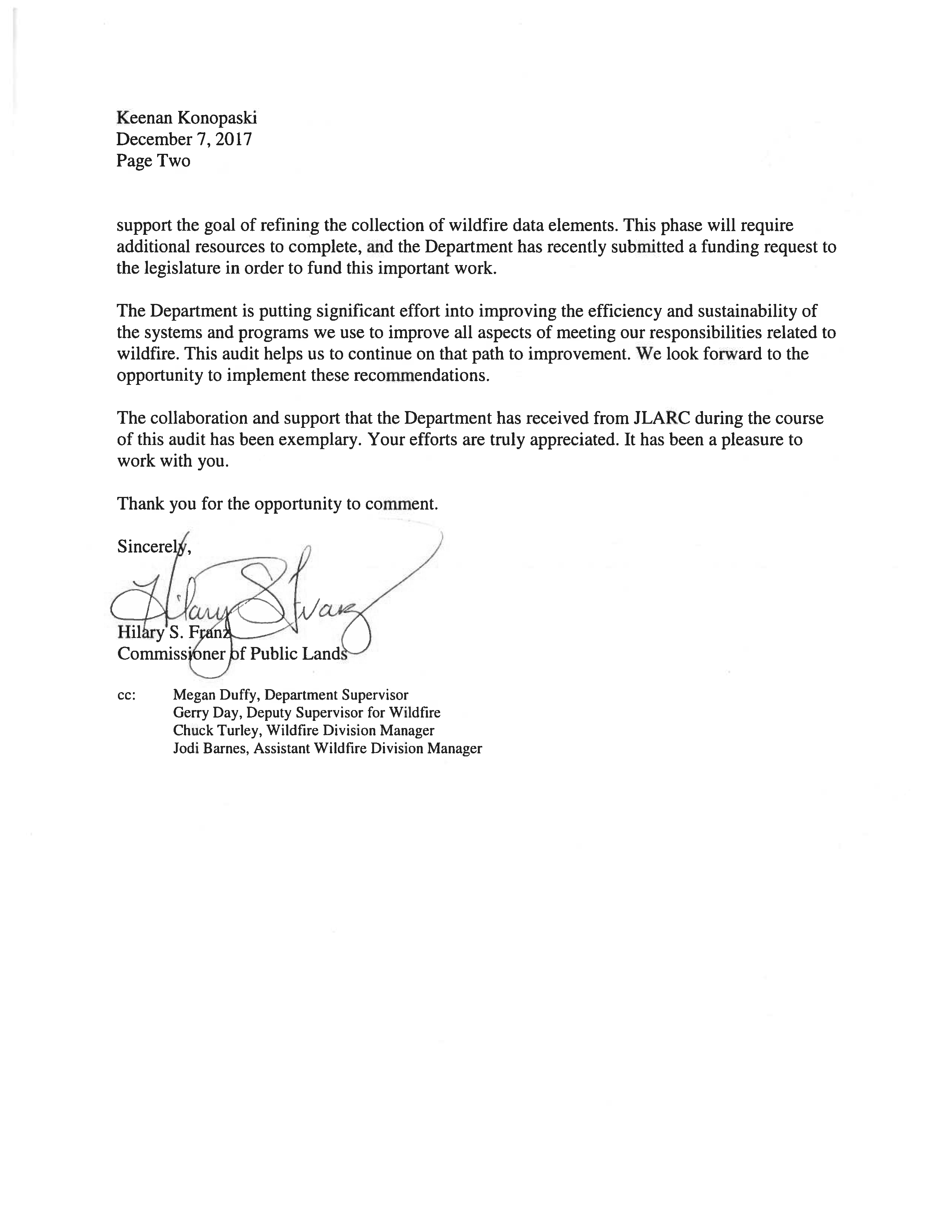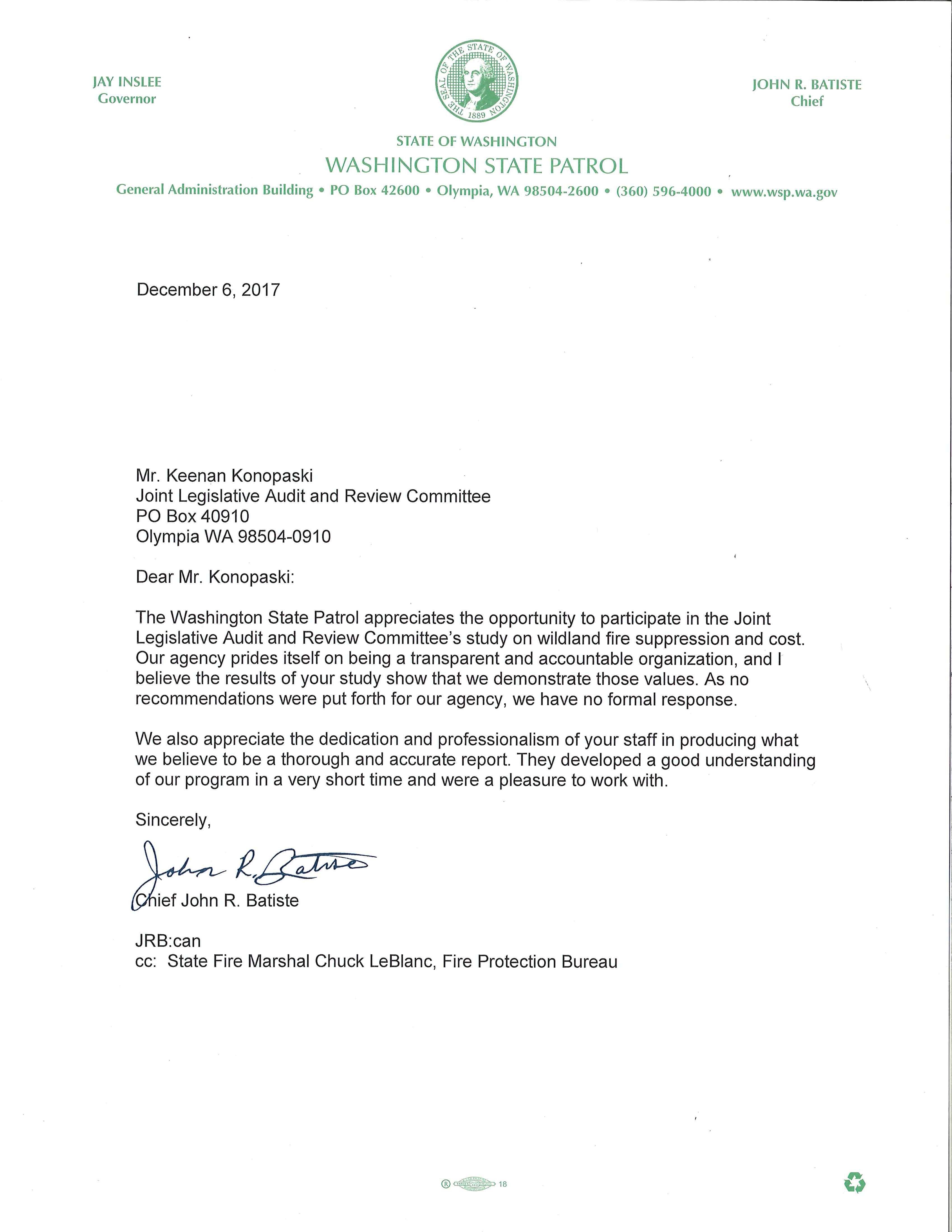The 2016 Legislature directed the Joint Legislative Audit and Review Committee (JLARC) to review how the Department of Natural Resources (DNR) and the State Fire Marshal (Fire Marshal) share costs and secure reimbursements from other public agencies for wildfire suppression. The Legislature also requested that we review how characteristics, including development, land ownership, and insurance, may influence fire costs or reimbursement (2ESHB 2376).
- DNR staff and contractors directly fight fires. Between fiscal years 2010 and 2016, DNR spent $369 million on nearly 11,000 fire incidents, including over 6,800 fires and 4,000 false alarms (Appendix 1).
- The Fire Marshal, which is part of the State Patrol, mobilizes and pays for resources to help local fire agencies suppress large fires. Between fiscal years 2010 and 2016, the Fire Marshal spent $65 million on fire suppression for 93 mobilizations. The process and approval criteria for mobilizations are in Appendix 2.
State, local, and federal agencies work together to suppress fires. Statewide, initial fire response operates on the "closest forces" concept. This means that the closest available resources are dispatched to a fire regardless of which agency they belong to and regardless of which agency has jurisdiction over the land. Multiple agencies may respond to larger fires. JLARC staff analysis found this approach is common nationwide.
DNR and the Fire Marshal appropriately track and share costs with other federal, local, and state agencies
Tracking costs: DNR and the Fire Marshal have procedures in place to track fire-related expenditures sufficient for financial reporting.
Cost sharing: Cost sharing and "no-cost" responses (e.g., Under mutual aid agreements, agencies help one another at no cost during the initial responsemutual aid) are governed by agreements between the agencies. JLARC staff found that for a sample of fires between fiscal years 2010 and 2016, costs were shared according to the agreements. The cost share can reduce the need for interagency reimbursement because each agency pays a portion directly.
Recouping costs: The state has three ways to recoup expenditures for fires it helps suppress: reimbursement from federal or other state governments, DNR recoveries from negligent private parties (including private insurance payments), and federal fire management assistance grants (FMAG). The total received to date from all three sources is $72 million (fiscal years 2010-16). To date, the state has received partial FMAG reimbursement for fires that took place during the 2014, 2015, or 2016 fire seasons.
Accurate and refined data collection is needed to improve information about costs and characteristics (e.g., development)
Data collection and reporting: The Fire Marshal keeps records of mobilizations, but does not have a system to compile data. DNR has a system to collect fire characteristic data, but many of the data fields are incomplete or inaccurate, and DNR reports limited use of this information. Accurate data collection, for a refined set of data points, is needed to improve information about costs and characteristics such as development.
Incident cost data: While aggregate fire costs and reimbursements appear reliable, DNR lacks an efficient way to identify the costs of an individual fire. DNR's current financial reporting system tracks expenditures by project codes, but each fire may have multiple project codes and the agency does not maintain a central list of all project codes assigned to a fire.
Fire characteristics: Nationally, research has shown a few factors, including land development and housing density, may affect fire costs. These fire characteristics are not typically used to predict or budget for fires, but may inform policy and funding discussions. Literature reviewed by JLARC staff did not cite insurance and land ownership as factors influencing costs, except to the degree that the latter impacts land management decisions. Acres burned is considered a poor indicator of fire costs.
Legislative Auditor recommends improving fire data collection and reporting
The Legislative Auditor makes three recommendations:
- DNR should refine its collection of key data elements and seek input from the appropriate Legislative committees.
- DNR should improve the accuracy and reliability of the key data elements it collects.
- DNR should develop a systematic and verifiable way to identify the costs of individual fires.
The Department of Natural Resources concurs with these recommendations. You can find additional information on the Recommendations tab.
Committee Action to Distribute Report
On January 4, 2018 this report was approved for distribution by the Joint Legislative Audit and Review Committee.
Action to distribute this report does not imply the Committee agrees or disagrees with Legislative Auditor recommendations.
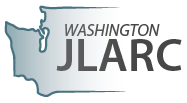
 Initial response: The closest available state, local, or federal
agency responds, regardless of jurisdiction
Initial response: The closest available state, local, or federal
agency responds, regardless of jurisdiction  Initial response:
Response provided without reimbursement
Initial response:
Response provided without reimbursement